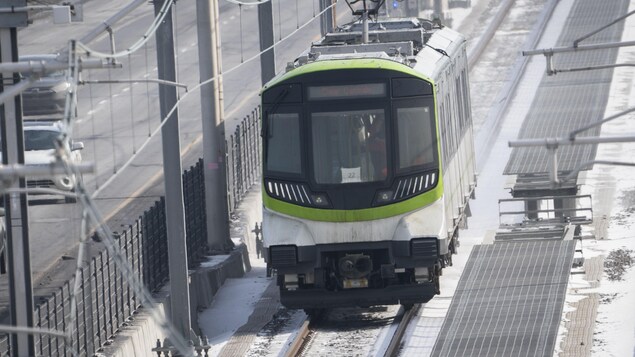So I got the explanation of the 95% from someone with knowledge of the testing of the system.
The 95% corresponds to an availability of a subsystem to respond to an order from the system itself. So for example, when a train pulls into the station, the PSDs receive an order from the train to open. If that door does not open or otherwise does not function correctly, there is a downtime that is calculated based on how long it takes for the the component to get repaired and brought back to full functionality.
Example:
- 4 Stations with 16 doors each, for 20 hours a day = 1280 door/hours * 0.05 = 64 door-hours of downtime per day on the whole system. If for example a door throws up a fault that it didn’t open properly but then continues to work, it still needs to be checked and would count and each fault has an associated number of hours of work.
In this case, I asked if there is a differentiation between say a display screen going down and a train dying mid route, and the answer is
kind of. So non-essential things like screens don’t necessarily prevent the system from operating, so 1 screen not working won’t really count, but there is an internal decision matrix that will determine when it does (often as it affects accessibility). A train that dies mid-route will still work based on the downtime principle, but because when a train goes down it takes a long time to remove the train from the tracks and then repair it to bring it back to service, it would certainly mean that the availability of the rolling stock subsystem goes below 95%. As of right now, they are running 6 trains at a time, so if one goes down they will quickly drop below 95%.
There was one other neat thing I was told, apparently the REM is designed to automatically a mini dry run on its own. I forgot to ask if this is a pre-opening only or will it happen in regular service, but apparently before the system opens, a train is supposed to run the system checking for faults. This occurred this morning for example prior to todays testing.






















